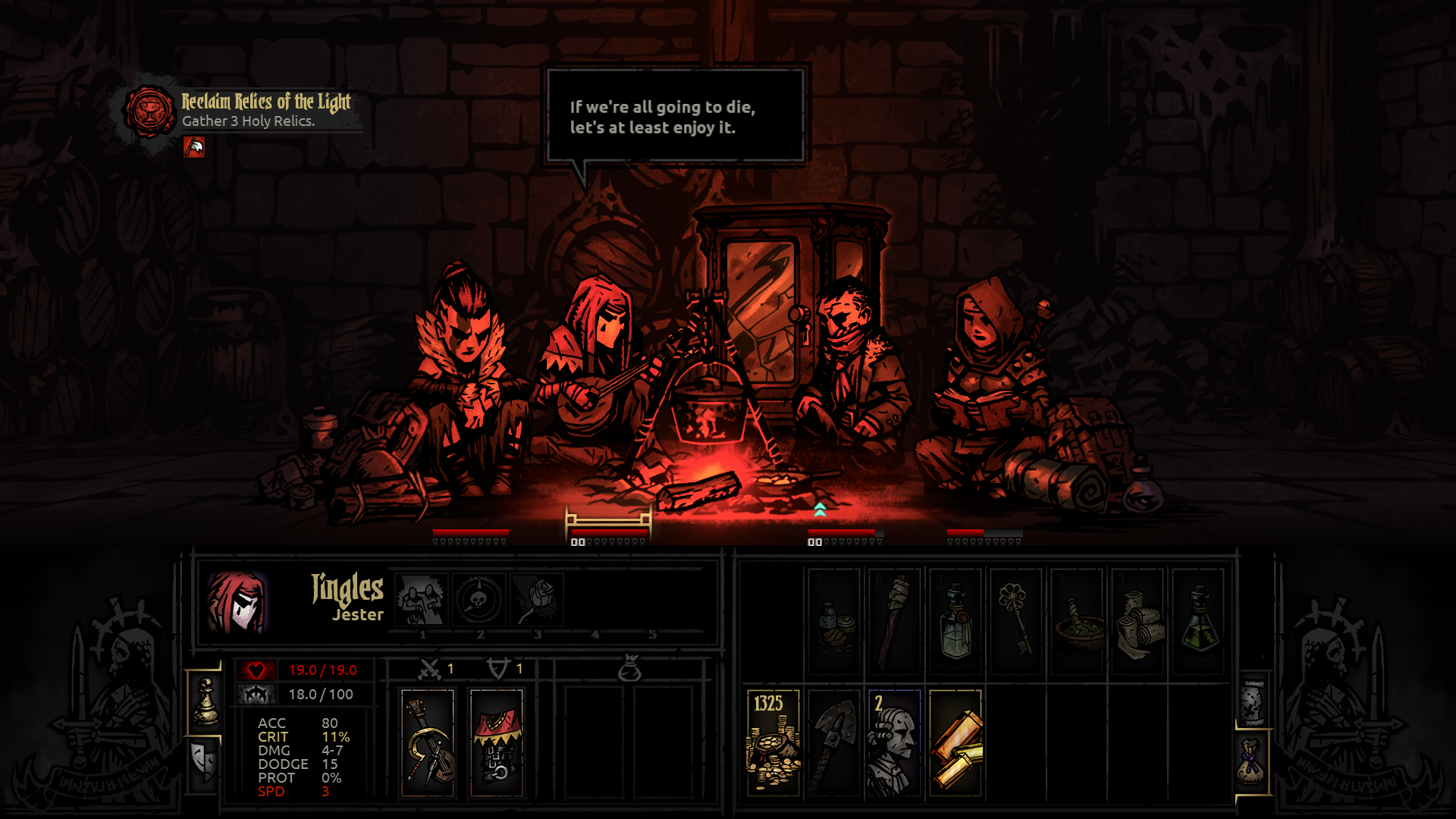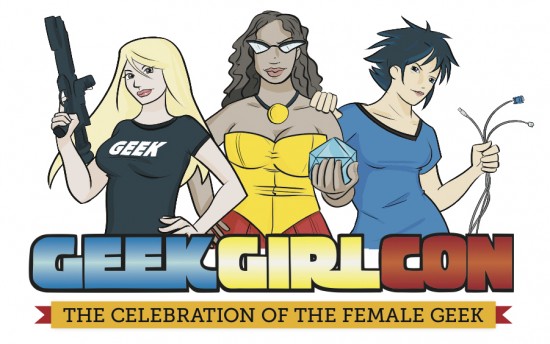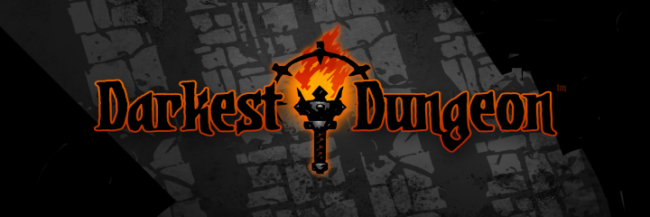
“The oldest and strongest emotion of mankind is fear, and the oldest and strongest kind of fear is fear of the unknown” – HP Lovecraft

I love HP Lovecraft’s work- the dark, madness driven stories about otherworldly things that make you insane if you simply find out they exist. Darkest Dungeon takes this idea of madness and turns it into a mechanic. From the opening moment you know something is different about this game – a haunting voice reminisce of Vincent Price or the spoken poem opening in Iron Maiden’s “The Number of the Beast” – but more gravelly and twisted – narrates, asking you to come save your families estate from unknown cosmic horrors. It explains how he purposefully opened “that damnable portal of antediluvian evil” which has led the crypts below his house to become an “abomination” – infected with all kinds of things from the undead, to swine people, to things I can’t describe here to best preserve your sanity. It oozes with Lovecraftian language – I’m shocked I haven’t heard ‘cyclopean’ yet. And if you haven’t seen the art-style for yourself, just go look at some. It’s perfect.
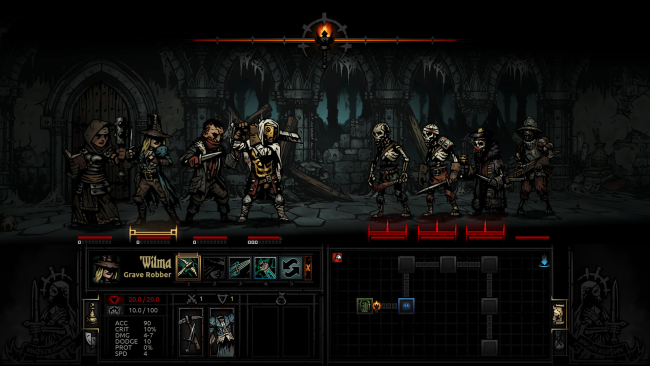
Mechanically, it almost has the feeling of the game ‘Heroes Quest’ – a dungeon crawling board game from the early 90’s where you wander into random encounters on your way to some end goal – usually to fight a large monster at the end. The idea that every decision is potentially harmful makes you sweat bullets with every move. Who doesn’t enjoy a trapped treasure chest right before heading in to fight the final battle? Darkest Dungeon takes the idea of a mean friend playing Dungeon Master and turns him into a maniacal serial-killer. The unrelenting mechanics of this game are fantastically difficult, stressful, and will disturb you as much as they intrigue you.

Your heroes are born to die. Luckily for you a caravan in town continually unloads a flood of the different character types for you to recruit as you lose or dismiss characters to death and madness. Unlike other RPGs, where you normally groom characters to dominate the game through grinding – this game kills your characters too often for you to invest in them. They have a stress bar that fills up over the course of the dungeons. Every time a character interacts with something in the dungeon, there’s a chance they’ll get stressed – maybe she opens a trapped chest, or gets hit a bit too hard. Oh – and the team is always hungry – so if you don’t have enough food they also get stressed out and lose health. Did you happen to run into a huge rubble pile in a dungeon that you need to tear down? Hope you brought a shovel or your characters are going to lose their minds. They can even read a bad book on a shelf that gives them arcane knowledge and drives them closer to madness. Also – you have a torch that constantly dims. The torch itself an interesting mechanic that keeps monsters weakened, but is always in need of being relit – one of the many expensive and limited resources. Let it run low and monsters start to surprise you and hit harder, and your characters get stressed from their fear of the dark.
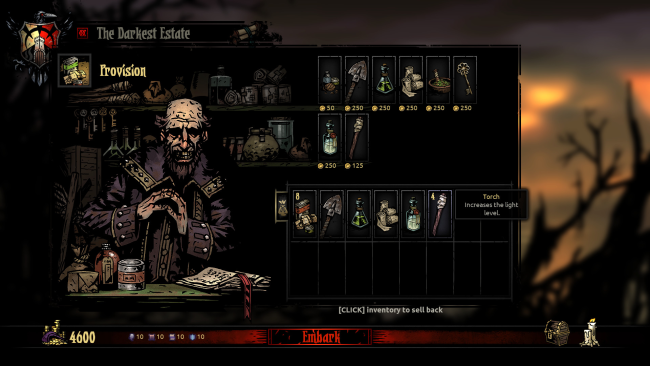
The game is designed so you can’t overcome these issues easily. You don’t have much money to buy supplies and you don’t keep supplies after a dungeon ends. What this means is you have to find a delicate balance between caring about your characters health and sanity, and providing the costly supplies that disappear after the mission ends. Buying 30 torches and 50 packs of food might keep the lights on and the heroes fed – but it is going to make you broke – and your characters will still get stressed out and die anyway.
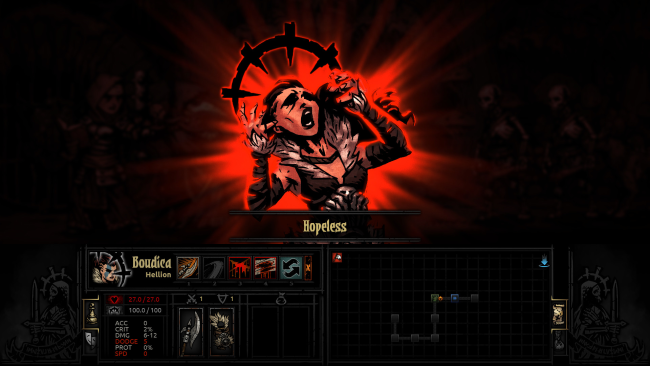
When the stress bar fills all the way is when everything falls apart. The moment one of your characters goes mad spells certain doom for the rest of your party (which the games incessant narrator ensures you know about). As they go mad they have a small chance to either triumph over it – reducing their stress, the rest of the parties stress, and even giving them some health or a buff. More likely they go insane and receive an affliction – a usually devastating state where you lose control of the character and they start to drive the other party members insane. On top of this, after every dungeon your characters obtain quirks – be it a drinking problem, an inability to fight undead, or a nastiness that keeps them unwanted at the brothel. Yes – there’s a brothel – right where the casino and bar are located. And if that’s not your cup of tea you can head over to the church for some meditation or prayer. Characters have their preferences, so the Crusader usually wants to pray while the Barbarian prefers gambling. Some characters will naturally survive, proving to be your best as you gain money and invest in their weapons and skills, maybe sending them to the sanitarium to get rid of that one quirk. They gain stronger resistance to the stress as they gain experience – and you will often camp in larger dungeons – a fascinating mini-game allowing characters to use skills that heal and de-stress your party. Of course you will sometimes get ambushed while you’re sleeping – which is not-so-great for you because torchlight is low meaning monsters are at peak power. I’ve lost entire parties from a nighttime ambush.
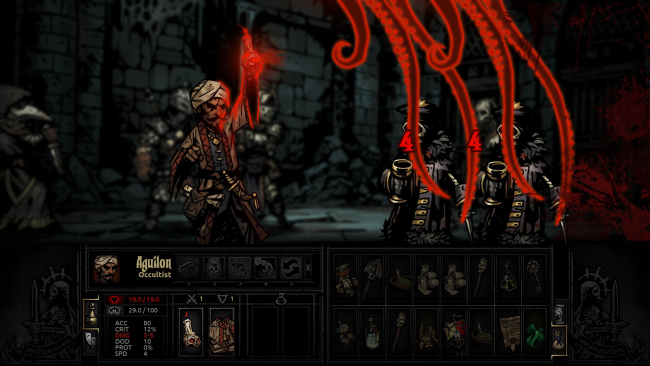
You start the game with two characters – a highwayman who is an assassin-like thug with a pistol, and a crusader – a hard hitting knight in armor. The game contains other characters spanning the mythos of D&D, obviously some with a more diabolical twist like the Occultist – a magician right out of a Lovecraft novel who proclaims things like “Ph’nglui mglw’nafh Cthulhu R’lyeh wgah’nagl fhtagn” as he both heals your characters and poisons them, or summons giant tentacles via a trans-dimensional portal to beat up your enemies. Other characters include a priestess, maybe the strongest character in the game due to her healing abilities; a vampire-hunter-esque grave robber with a pick-axe; a jester who is like a bard in function – able to perform songs that heal or reduce stress – but creepy enough to be in a cirque du soleil show, and a barbarian warrior woman with a halberd. You can build “normal” parties like a lot of other RPGs (tank, high DPS, healer, support) – although your enemies can hit any row. Some heroes have abilities that synergize – for instance some characters are more “mobile” than others, able to move their position in the party through their attacks. This is important because some characters only have access to certain abilities when they are in a specific position in the party – and monsters hit hard pushing your characters around, some monsters can even pull party members from the back to the front, displacing party members who need the front two positions to attack. Therefore, more mobile characters can interact in unique ways and synergize better than simply throwing four crusaders out there.
Nerd Appropriate
This is an unbelievably deep game for such a release – but even though it has a steep price ($20) – it’s entirely worth it. I’m about 20 hrs in and it’s worth every penny. And drop of sanity.

